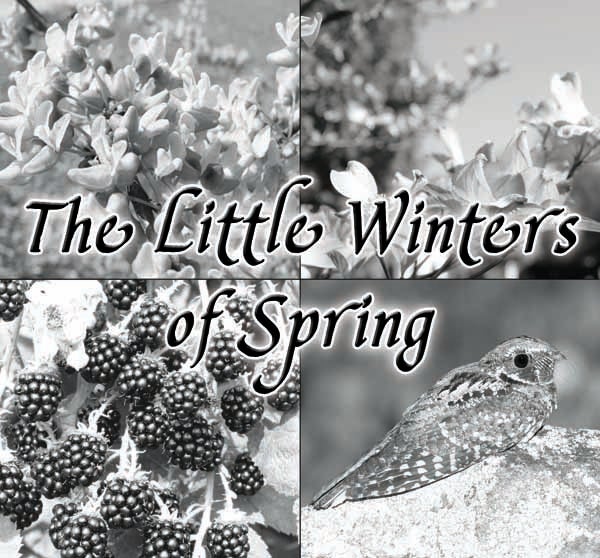Dogwood Winter: One of spring’s little winters
Published 11:21 am Wednesday, April 6, 2016

Dogwood Winter paid a visit this week, and it is expected to linger through the weekend.
There’s no exact date for “dogwood winter,” but it happens every year, usually after an extended warm spell in April. Dogwood Winter usually brings some cloudy, cold and disagreeable weather.
Can you believe a freeze warning was in effect for early today? Snow flurries Saturday?
Long before there were visuals on TV showing long-range weather patterns of the jet streams and ocean currents, old-timers had sure signs for when to plant and when to wait. In the eastern United States, especially the Appalachians, most of that seasonal lore was named, and those names are still used by old-timers today. Weather forecasters know Dogwood Winter is likely to occur, but it’s not predictable enough to know on what day.
Dogwood Winter occurs about the time the dogwoods bloom, usually between mid-April and mid-May, varying from year to year.
In case you haven’t noticed, the dogwood trees — both pink and white — are blooming. They can be seen everywhere — on city streets, in woodlands and along river banks.
Brian Yeaton of the Weather Notebook writes that Dogwood Winter appears to be one of several weather “singularities” — one-time events common to North America, such as Indian Summer and January Thaw, but in a retrograde thermal direction. As someone once described it: “It’s spring, then suddenly winter returns.”
The dogwood’s beauty and use have long been celebrated in North America. Early colonists reportedly used every part of the dogwood except for the “rustle of its leaves.”
Native Americans watched for the dogwood to bloom as the sign to begin planting crops such as corn and potatoes. In Northeast Tennessee, old-timers warn not to set out any tomatoes until after the first week of May, when frost is still a threatening factor.
Just a couple of weeks ago we experienced Redbud Winter, and still to come is Blackberry Winter.
No one talks about “daffodil winter” because it’s common to have a frost, even a hard freeze, after the daffodils pop up. In fact, snow on daffodils is a lovely sight, and not an unusual one in the mountains of Northeast Tennessee.
There’s also Linsey-Woolsey Britches Winter, a term not used so much anymore, and then the last grasp of cold weather is Whippoorwill Winter. Linsey-Woolsey Winter was once a popular term, back when winter clothing was home spun of linen/wool and winters were much harsher. It was the last time in spring that you’d need “long johns” before trading them for short sleeves and it usually coincides with Blackberry Winter.
The last named winter is Whippoorwill Winter, and is actually the herald of warmer days coming to stay for the summer. The whippoorwill migrates from wintering in Mexico to the summer range farther north in late May to early June. Whippoorwill Winter is not usually as cold as the other “winters,” but still is a little cool for late May.
Last week temperatures were in the 70s and folks were in their short sleeves and mowing their lawns. Tuesday, the wind blew cool and a jacket felt good. This morning there was a freeze warning. And, it’s still not over. Snow flurries are in the forecast Saturday.
But by Monday, we’ll see the sun again and 70s, the National Weather Service says.
Yes, it’s Dogwood Winter — just another sign that spring has arrived and warmer weather will soon be here to stay. But, don’t put those jackets and sweaters away just yet!

